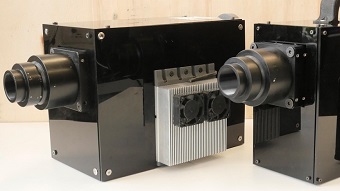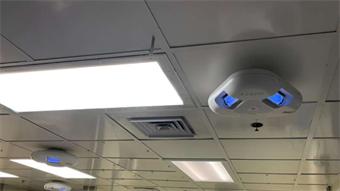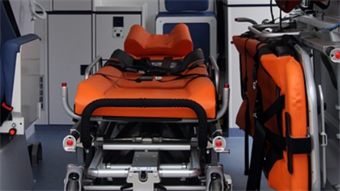Watch: Better microneedle barbs are 4D-printed
S. Himmelstein | February 20, 2020Researchers from Rutgers University and University of Pisa, Italy, have added another dimension to microneedle design and fabrication that promises less painful injections. Microneedles with improved tissue adhesion  Backward-facing barbs interlock with tissue when inserted, enhancing adhesion. Source: Riddish Morde, Rutgers Universityperformance have been 4D printed to facilitate minimally invasive drug administration.
Backward-facing barbs interlock with tissue when inserted, enhancing adhesion. Source: Riddish Morde, Rutgers Universityperformance have been 4D printed to facilitate minimally invasive drug administration.
The tiny projections are synthesized as backward‐facing curved barbs, similar to those deployed for defense by honeybees and porcupines, that interlock after skin insertion for enhanced tissue adhesion. A digital light processing 3D printing technique is applied to photocurable polymer materials programmed to change shape after printing, adding time as a fourth dimension to the process.
When tested with chicken muscle, the tissue adhesion of the microneedle barbs was observed to be 18 times stronger than that of barbless devices. Sustained drug release was also documented with the new design.




